Significance
Shuntian Temple in Tuku Township is one of Yunlin’s major Mazu temples. When Japan was demolishing temples throughout Taiwan during the colonial period as part of the Kominka (Japanization) movement, Shuntian Temple was spared due to arrangements made by Kiyoshi Shinosaki, the director in charge of temple renovations at the time, who incorporated Japanese style into the temple buildings. Thanks to his efforts, the temple escaped destruction and was thereby able to preserve the Liufang Mazu statue, an important local deity. The temple adopted many Japanese design elements during the years of the Japanese period. The rear hall holds a Japanese Guanyin statue, an unusual piece that reflects Taiwan’s history under Japanese rule. The temple is filled with the output of master craftsmen, including stone sculptures by Jiang Jiu and Jiang Quan, works resulting from a woodcarving competition between Hu Xian and Wang Jin-mu, and Chen Tian-qi’s Koji pottery and jiǎnnián (a mosaic-like traditional cut-and-paste porcelain craft). The well-preserved collection has significant cultural and artistic value.
History
The worship of Mazu in Tuku area was first established during the reign of the Shunzhi Emperor (1644-1661). In 1834, worshippers donated a plot of land and traveled around the area to raise funds for temple building. The front hall of Shuntian Temple was constructed first and dedicated to Mazu. Six years later, the rear hall, dedicated to Guanyin, was built. The right wing was added later on, completing the temple. During the Japanization movement in 1940, the Japanese government ordered the demolition of all temples in Tainan Prefecture’s Toruku and Kobi districts (both within today’s Yunlin County). Kiyoshi Shinosaki, the Japanese mayor in charge of the renovation of Shuntian Temple at the time, feared that all the beautiful work would be destroyed. He therefore requested that the temple be allowed to affiliate with a Japanese temple instead as part of the government’s Shingon Buddhism propagation plan. In 1939, Yuki Kurosawa, the head abbot of Kichiyoji Temple in Japan’s Gunma Prefecture, requested that Kichiyoji Temple’s thirty-third Guanyin statue take up residence in Shuntian Temple’s main hall. The deities previously worshipped in the main hall, including Shuntian Temple’s main Mazu and Liufang Mazu statues, were temporarily relocated to the rear hall. Shinosaki hired craftsmen from all over the region for the renovations. Huian stone carvers Jiang Jiu from Tuku and Jiang Quan from Fengyuan provided the stone sculptures. The woodwork was completed in a carving competition between Tangshan master Wang Jin-mu (1909 – 1996) and Hu Xian, a student of Zhangzhou master carpenter Tan Ing-bin (1864 – 1944). The Koji pottery and jiǎnnián are the work of Chen Tian-qi (1906 – 1990), a student of renowned northern craftsman Ang Khun-fok (1865 – ?). Mazu returned to the main hall and the annual Liufang Mazu celebration was reinstated after the conclusion of World War II. In 2012, the Yunlin County Government designated Shuntian Temple as a county historic site.
Special Features
1The Koji Pottery Decorative Friezes The decorative friezes on either side of the main hall and the worship pavilion are the work of Chen Tian-qi, a student of master craftsman Ang Khun-fok. They date to the renovations overseen by Kiyoshi Shinosaki during the Japanese Colonial Period. The decorative friezes were created using Koji pottery and jiǎnnián (a mosaic-like traditional cut-and-paste porcelain craft). They feature scenes from historical folklore such as tales of the legendary emperors Yao and Shun, and the literary works Investiture of the Gods and Romance of the Three Kingdoms. Although the friezes have been blackened by incense smoke over the years, the skill of the craftsman can still be admired. These friezes are among the best-preserved Koji pottery works in Yunlin.
The decorative friezes on either side of the main hall and the worship pavilion are the work of Chen Tian-qi, a student of master craftsman Ang Khun-fok. They date to the renovations overseen by Kiyoshi Shinosaki during the Japanese Colonial Period. The decorative friezes were created using Koji pottery and jiǎnnián (a mosaic-like traditional cut-and-paste porcelain craft). They feature scenes from historical folklore such as tales of the legendary emperors Yao and Shun, and the literary works Investiture of the Gods and Romance of the Three Kingdoms. Although the friezes have been blackened by incense smoke over the years, the skill of the craftsman can still be admired. These friezes are among the best-preserved Koji pottery works in Yunlin.
2The Calligraphy and Ink Wash Painting in the Main Hall
 Instead of the normal wall friezes found in traditional Chinese temples, the main hall of Shuntian Temple is decorated with a large calligraphy and an ink wash painting. They were presented as a gift from Ma Long-rui, a calligrapher from Dachiutian Fort, in 1852 to celebrate the completion of renovations to the temple. The characters on the left-hand (the dragon side) calligraphy were written using rice straw rather than the traditional writing brush. The right-hand (the tiger side) painting depicts a jiaolong, a mythical water dragon. This painting differs from those at other temples in that it doesn’t feature a tiger. Two smaller calligraphy writings hang on either side of the calligraphy and the painting for visual balance. The Chinese phrase “calligraphy and painting” puts calligraphy ahead of painting. As the dragon side (the left side) takes precedence, it has the calligraphy.
Instead of the normal wall friezes found in traditional Chinese temples, the main hall of Shuntian Temple is decorated with a large calligraphy and an ink wash painting. They were presented as a gift from Ma Long-rui, a calligrapher from Dachiutian Fort, in 1852 to celebrate the completion of renovations to the temple. The characters on the left-hand (the dragon side) calligraphy were written using rice straw rather than the traditional writing brush. The right-hand (the tiger side) painting depicts a jiaolong, a mythical water dragon. This painting differs from those at other temples in that it doesn’t feature a tiger. Two smaller calligraphy writings hang on either side of the calligraphy and the painting for visual balance. The Chinese phrase “calligraphy and painting” puts calligraphy ahead of painting. As the dragon side (the left side) takes precedence, it has the calligraphy.
3Japanese Guanyin statue in the Rear HallA wooden statue of Guanyin sits in the center of the rear hall. In 1940, then-director of temple renovations Kiyoshi Shinosaki wanted to prevent the demolition of Shuntian Temple during the Kominka movement. To save the temple, he invited Kichiyoji Temple head abbot Yuki Kurosawa to serve as a teacher and branch leader of Shuntian Temple. A Japanese Guanyin statue from Kichiyoji Temple in Gunma Prefecture was also brought in to oversee the main hall. She was moved to the rear hall after World War II. The statue measures thirty-eight centimeters tall and has her palms pressed together at her chest. This Guanyin statue is different in appearance from those commonly found at other Taiwanese temples. It is carved with a boat-shaped backdrop and the base has the designation no. 33 carved into it.
4The Courtyard’s Hanging Ornamentation The courtyard behind the Sanchuan Gate has decorative elements hanging downward from the vertical wood panels that hide the connecting joints of the roof support beams. The four wooden figures that are carved there represent the four main social classes of ancient China, but have been given a Japanese makeover—one of them even wears geta sandals. These figures are the only ones of their kind in Taiwan, and are some of the many Japanese elements that were added to the temple when it was renovated during the period of Japanese rule.
The courtyard behind the Sanchuan Gate has decorative elements hanging downward from the vertical wood panels that hide the connecting joints of the roof support beams. The four wooden figures that are carved there represent the four main social classes of ancient China, but have been given a Japanese makeover—one of them even wears geta sandals. These figures are the only ones of their kind in Taiwan, and are some of the many Japanese elements that were added to the temple when it was renovated during the period of Japanese rule.
5An Antique Offering Table The rear hall has an offering table donated by worshipper Hong Yu-wen of Changhua’s Erlin Township in 1834. The table is covered with carvings of mythological beasts and auspicious animals. The craftsman is unknown, but the workmanship is exquisite. This table has survived Shuntian Temple’s many renovations.
The rear hall has an offering table donated by worshipper Hong Yu-wen of Changhua’s Erlin Township in 1834. The table is covered with carvings of mythological beasts and auspicious animals. The craftsman is unknown, but the workmanship is exquisite. This table has survived Shuntian Temple’s many renovations.
Reminders
Tuku Shuntian Temple’s biggest annual celebration is Mazu’s birthday on the 23rd day of the third lunar month. Worshippers from all over the country visit the temple during the second and third lunar months for the celebrations, as well as for the “Liufang Mazu Passing over the Censer” ceremony, a famous local tradition held for Liufang Mazu.
Panoramic
Directions